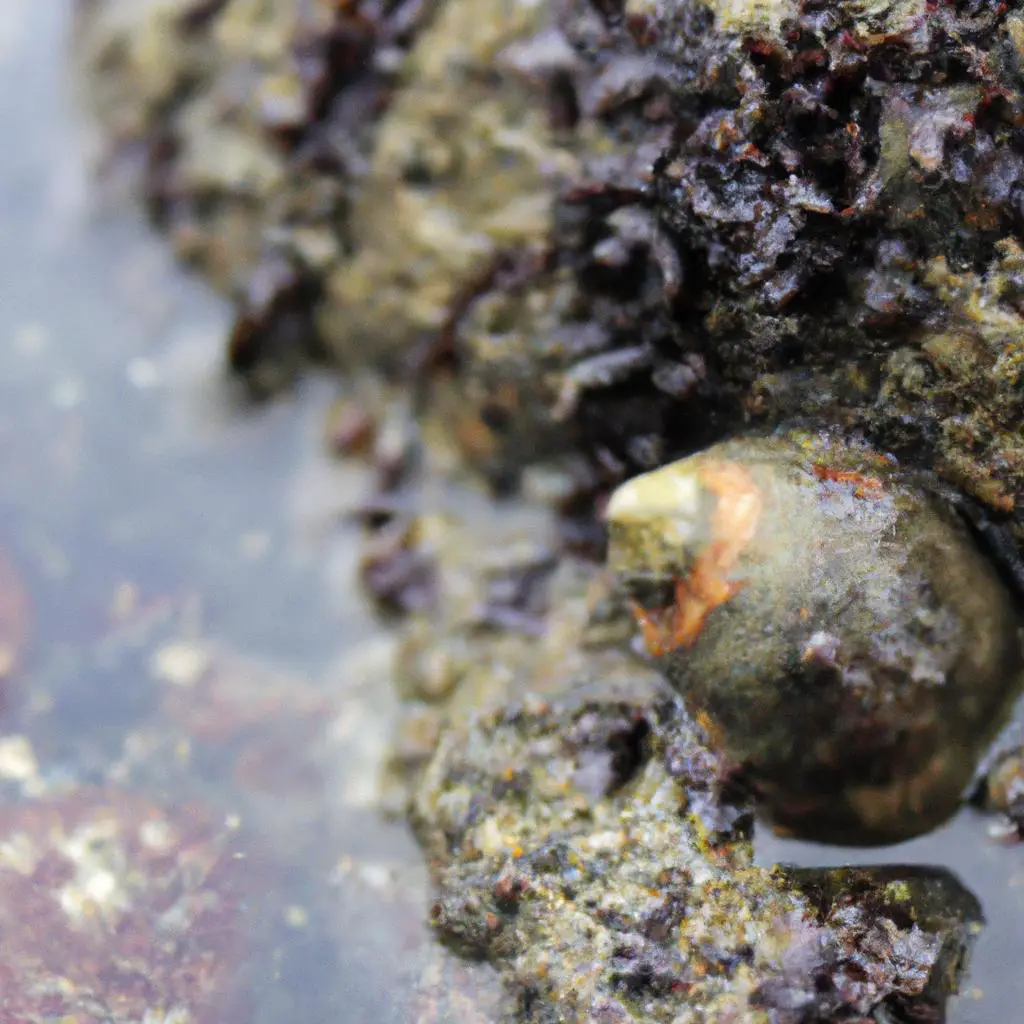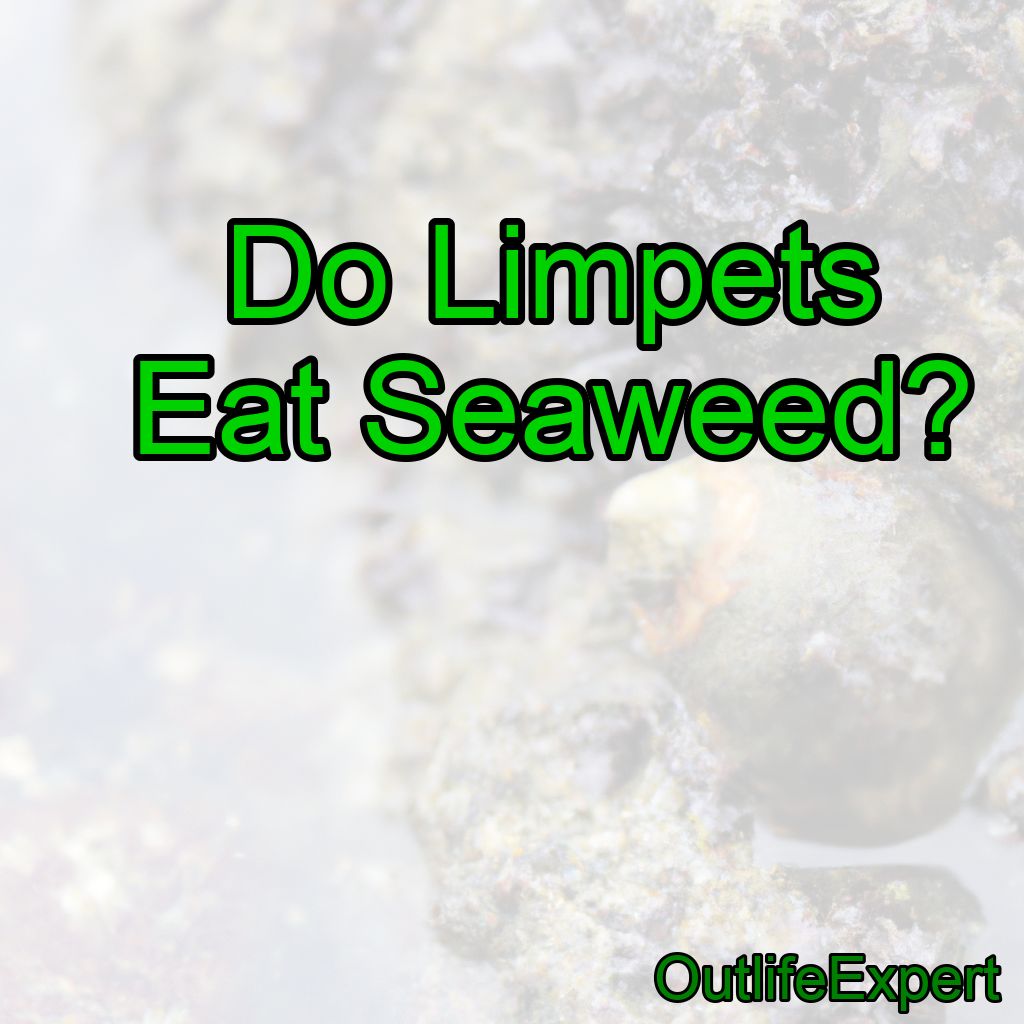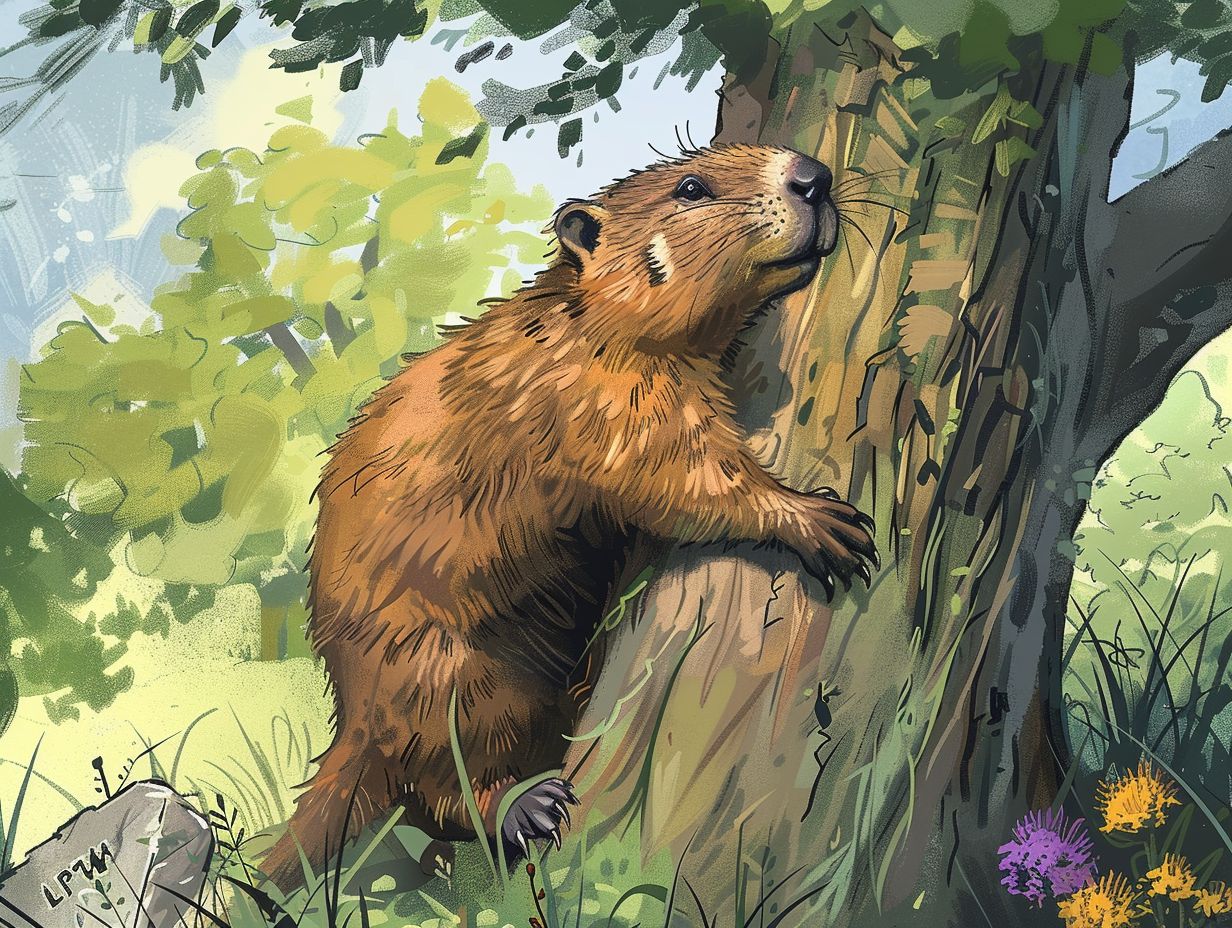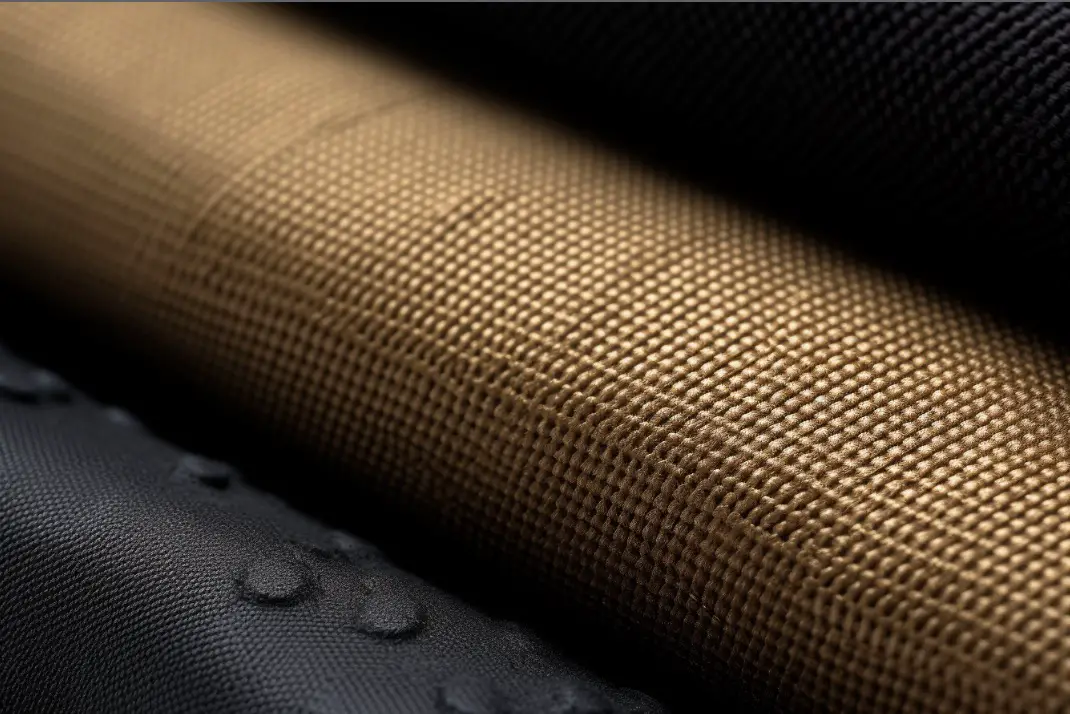One question that I often get as a marine biologist is: Do limpets eat seaweed? The simple answer is yes, limpets do eat seaweed, but there is more to this story. As a lover of all things marine biology, I find limpets to be fascinating creatures. They are small, unassuming organisms that cling tightly to rocks in the intertidal zone, and they play a vital role in maintaining the balance of marine ecosystems. In this blog post, I’ll dive deeper into the world of limpets, their diet, and the role they play in our oceans.
Limpets: A Quick Overview
What are Limpets?
Limpets are marine mollusks that belong to the class Gastropoda. They are characterized by their conical shells, which protect them from predators and the elements. Limpets can be found in various parts of the world, from the cold waters of the Arctic to the warm, tropical waters of the Caribbean. They are typically found in the intertidal zone, where they cling tightly to rocks and other surfaces.
The Anatomy of a Limpet
Limpets have a simple, yet effective body plan. They possess a muscular foot that allows them to cling to surfaces and move around in search of food. Their mouth, located on the underside of their body, contains a specialized structure called a radula. The radula is a ribbon-like organ covered in tiny teeth, which the limpet uses to scrape algae and other organic matter off rocks.
The Limpet’s Diet
Algae: The Primary Food Source

The primary food source for limpets is algae, specifically microalgae. Microalgae are microscopic, single-celled organisms that grow on the surfaces of rocks and other structures in the intertidal zone. Limpets use their radula to scrape these algae off the rocks, essentially “grazing” on the thin layer of organic matter.
Seaweed: A Secondary Food Source
In addition to microalgae, limpets do indeed eat seaweed. Seaweed is a macroalgae, which means it is larger and multicellular, unlike microalgae. Limpets are not particularly picky eaters, and they will consume a variety of seaweed species. However, their consumption of seaweed is generally opportunistic, meaning they will eat it when it is readily available but it is not their primary food source.
The Role of Limpets in the Intertidal Zone
Grazing and the Maintenance of Intertidal Communities
Limpets play a crucial role in maintaining the balance of intertidal communities. By grazing on algae and seaweed, they help control the growth of these organisms. This, in turn, prevents the overgrowth of algae and allows other species, such as barnacles and mussels, to thrive in the intertidal zone.
Limpets as a Food Source
Limpets also serve as an important food source for various marine animals. Shorebirds, fish, and even some marine mammals are known to feed on limpets. By acting as both grazers and prey, limpets contribute to the overall stability and health of intertidal ecosystems.
Limpet-Related Research
Studying the Effects of Climate Change on Limpet Populations
As climate change continues to impact our oceans, researchers have taken a keen interest in understanding how these changes will affect limpet populations. Some studies have found that rising temperatures can lead to a decrease in the abundance of algae, which could have negative implications for limpet populations and the overall health of intertidal ecosystems.
Limpets as Bioindicators
Limpets are also being studied as potential bioindicators of environmental health. Since they are sensitive to changes in water quality and temperature, monitoring limpet populations can provide valuable information about the overall health of marine ecosystems and help identify areas in need of conservation efforts.
In Conclusion
In conclusion, limpets do eat seaweed, but their primary food source is microalgae. They play a vital role in maintaining the balance of intertidal communities by grazing on algae and serving as a food source for other marine animals. Here are some key facts about limpets and their role in the ocean:
1. Limpets are marine mollusks belonging to the class Gastropoda.
2. They have a conical shell that provides protection from predators and the elements.
3. Limpets possess a radula, a ribbon-like organ covered in tiny teeth, which they use to scrape algae off rocks.
4. Their primary food source is microalgae, but they will also eat seaweed opportunistically.
5. Limpets play a crucial role in maintaining the balance of intertidal communities by grazing on algae.
6. They also serve as an important food source for other marine animals, such as shorebirds and fish.
7. Researchers are studying the effects of climate change on limpet populations and their implications for intertidal ecosystems.
8. Limpets are being considered as potential bioindicators of environmental health due to their sensitivity to water quality and temperature changes.
9. Monitoring limpet populations can provide valuable information about the overall health of marine ecosystems and help identify areas in need of conservation efforts.
By understanding the diet and ecological role of limpets, we can better appreciate these small but essential members of our ocean’s intertidal communities.
FAQs
What type of algae do limpets eat?
Limpets primarily feed on diatoms and other small algae that grow on rocks and other surfaces in their habitat.
What is the purpose of a limpet?
The purpose of a limpet is to attach itself to a hard surface, such as a rock or a shell, in order to protect itself from predators and strong currents, and to feed on algae and other small organisms.
What is the relationship between algae and limpet?
Limpets are known to feed on algae, and therefore, they have a predator-prey relationship.
What do limpets eat?
Limpets are herbivores that feed on algae and other plant material found on rocks and other hard surfaces in the intertidal zone.
What is the role of the limpets in the ecosystem?
Limpets play an important role in the ecosystem as they are herbivores that graze on algae and other microorganisms, helping to maintain the balance of the rocky intertidal community. They also serve as a food source for predators such as birds, crabs, and sea stars. Additionally, their shells provide habitat for other small organisms.
What does the limpet do with the algae?
The limpet scrapes and feeds on the algae using its radula, a specialized feeding organ, and may also store excess algae in its digestive system for later use.




